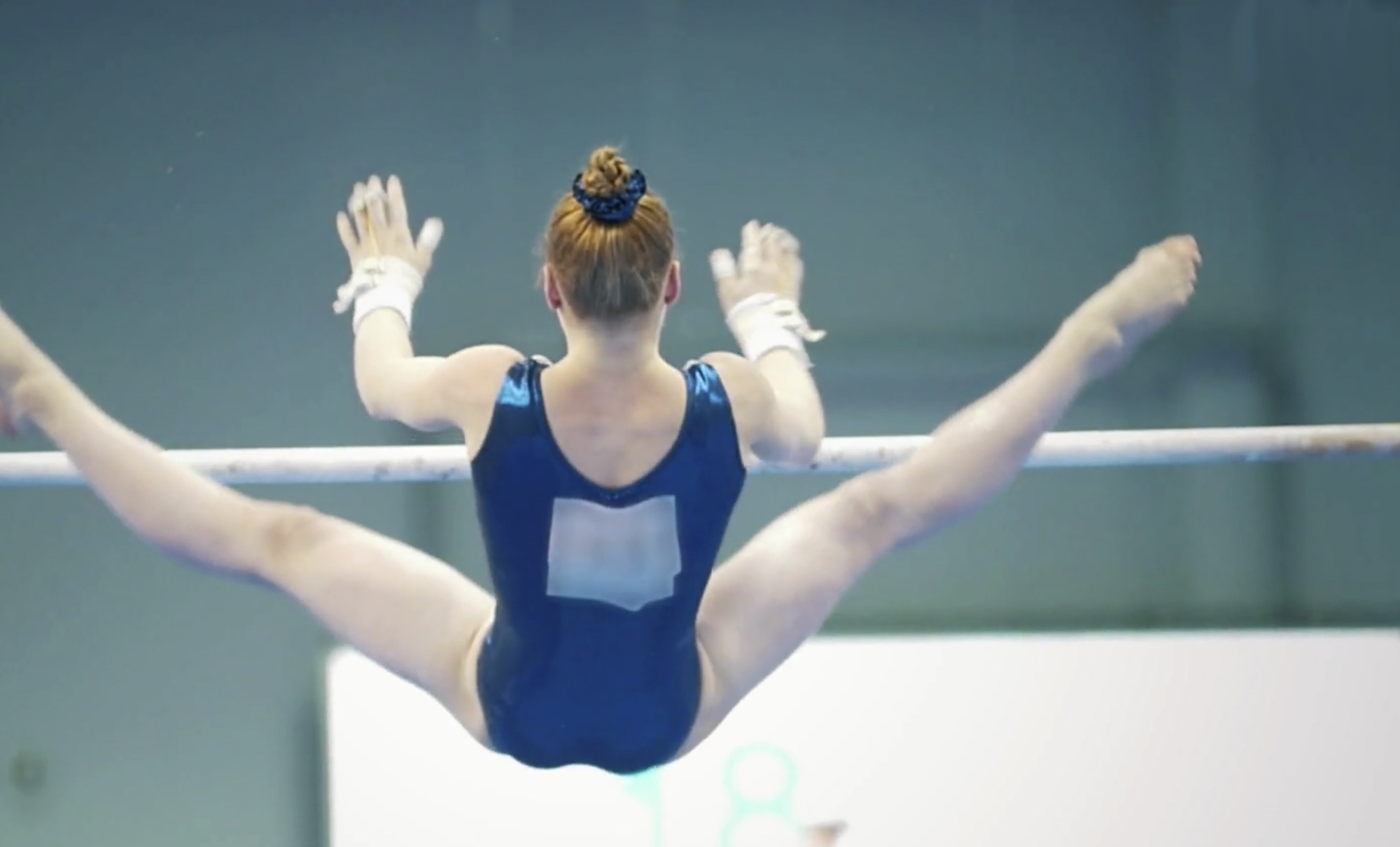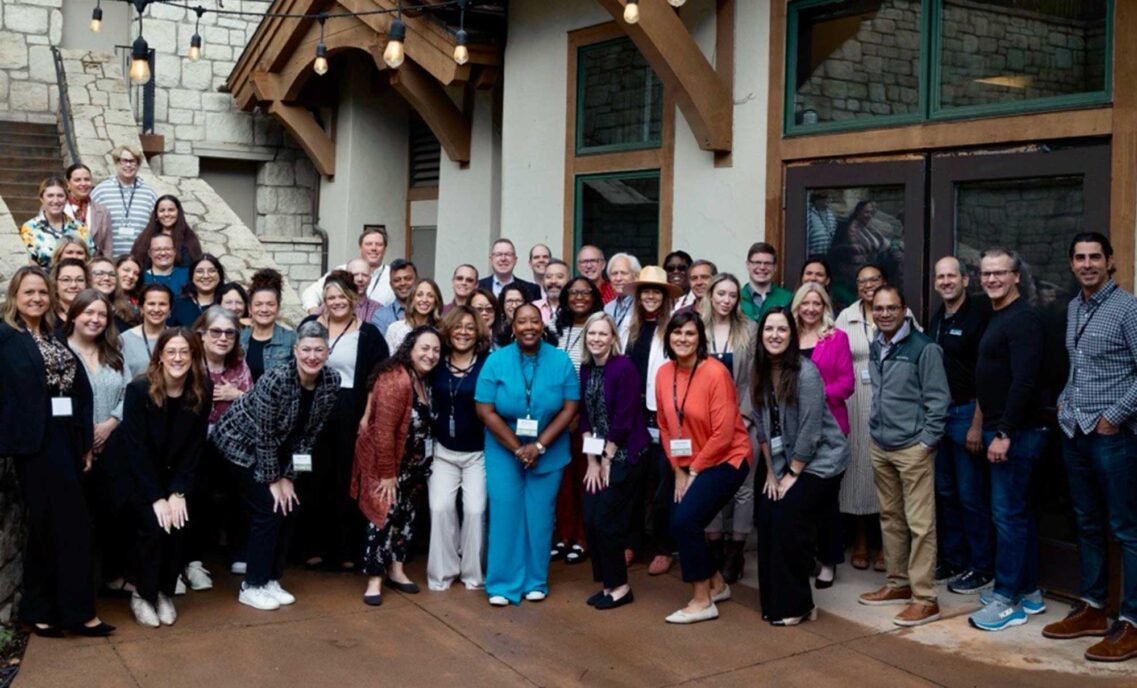The following is a first-person account from Jen Sey, senior vice president and chief marketing officer for the Levi’s® brand, and former elite gymnast.
I recently celebrated my 21st anniversary here at Levi Strauss & Co. I’ve spent over 40% of my life here, and it’s fair to say it is here that I learned to use my voice and in turn, have asserted the Levi’s® brand as a property that celebrates and inspires others to do the same. Authentic self-expression is what the Levi’s® brand promises and embodies (or tries to) and I don’t think it’s a stretch to say that I myself strive to embody that ethos every day. But it’s been a journey for me.
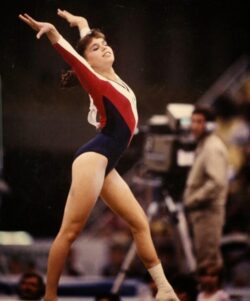
In 2008, I wrote a book called Chalked Up, a memoir about my time spent as an elite gymnast as a child. In my late 30s I still struggled to make peace with much of what I experienced. While I loved the sport itself – the sense of accomplishment I felt from mastering new skills, the combination of grace and strength and speed necessary to succeed – I still reeled in many ways, even decades later, from a culture rife with cruelty. In the book, I detailed my early love of the sport, and my physical and emotional decline as I ascended the ranks, ultimately winning the national title in 1986 but walking away quietly, broken and injured just months before the 1988 Olympics.
As a teenager, I experienced a coaching environment that was degrading, belittling and dangerous. I was called a “fat pig” regularly, weighed in several times a day, told to lose weight by any means necessary. I trained on broken bones and was told I was lazy and pathetic if I indicated any pain or discomfort. I starved myself in the hopes that I could avoid being shamed in front of my teammates and humiliated in front of the National Team and kept off the roster at World Championships. Things were thrown at us – folding chairs, any object within reach, really – when we fell on a skill we were trying to master and we were regularly denied food and proper medical care. These behaviors were so common they were invisible, just part of the culture. It was the necessary coaching methodology if you wanted to win. If you couldn’t take it, then get out. You didn’t have what it takes.
I thought that I could compartmentalize this experience. Cordon it off, graduate from the sport and go on to be a normal college student, adult, person. It wasn’t so. A child internalizes these things. I blamed myself (I was too weak). I carried disordered eating and disordered thinking into my adult life until the suffering was too great and I sought help. A therapist explained to me that when a child is abused and the parent blames the child (I wouldn’t have to hit you if you hadn’t done that), the child comes to believe everything is always their fault; that they weren’t being mistreated, rather that they deserved this treatment for being bad. It was a disorienting way to view the world and one that I was all too familiar with.
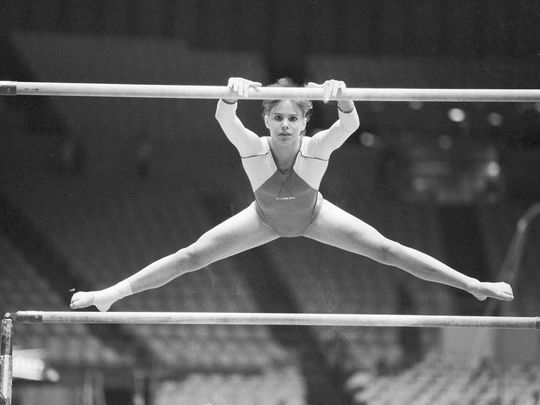
Finding my full voice
Writing the book helped me come to see this way of moving through the world. And it helped me stop doing it. To say no more. The book, now viewed as an early whistleblower’s account of the culture of cruelty, was met with widespread disdain within the gymnastics community. I was called a liar, pathetic, a loser desperate for a buck, for redemption, for whatever. You name it, I was called it. I was harassed and belittled (again), but this time I stood up for myself and spoke the truth. And kept speaking it.
Any time a scandal arose about abuse in sport, I was a go-to for reporters. I appeared on a variety of news programs (HBO’s Real Sports, The CBS Early Show, Good Morning America and many more). And while I’d tried to keep the book a secret from people at work, it simply wasn’t possible when doing a tour of the morning shows.
Why keep it a secret? I didn’t want my dedication to my job questioned. I thought my manager and the leaders in the company would question my commitment and I’d be passed over for promotion if one was on the table. In fact, it had the opposite effect. I was suddenly viewed as more creative, more disciplined, as a more compelling leader and storyteller. And I realized I’d been operating at half capacity in keeping a part of myself out of the workplace. Once the book came out, I integrated all sides of myself and brought a fuller, stronger version of myself to LS&Co. The real version.
A scandal comes to light
When the chronic mishandling of sexual abuse in gymnastics story broke in 2016 in the Indy Star newspaper, I already knew the reporters. And when a lawyer named John Manly called me in my office at LS&Co. in the fall of that same year and I answered the phone, I began to explain to him what the culture in gymnastics is like. He had one client at the time, but he would go on to represent hundreds of survivors. I continued to write about the culture in the sport as the facts were revealed in the Larry Nassar case. He was the doctor for USA Gymnastics for nearly three decades and under the guise of medical treatment he sexually abused hundreds of young athletes. In a culture already rife with abuse, he was able to get away with it – until Rachael Denhollander told her story to the Indy Star and hundreds were prompted to come forward. Sadly, there were too many to be overlooked and ignored.
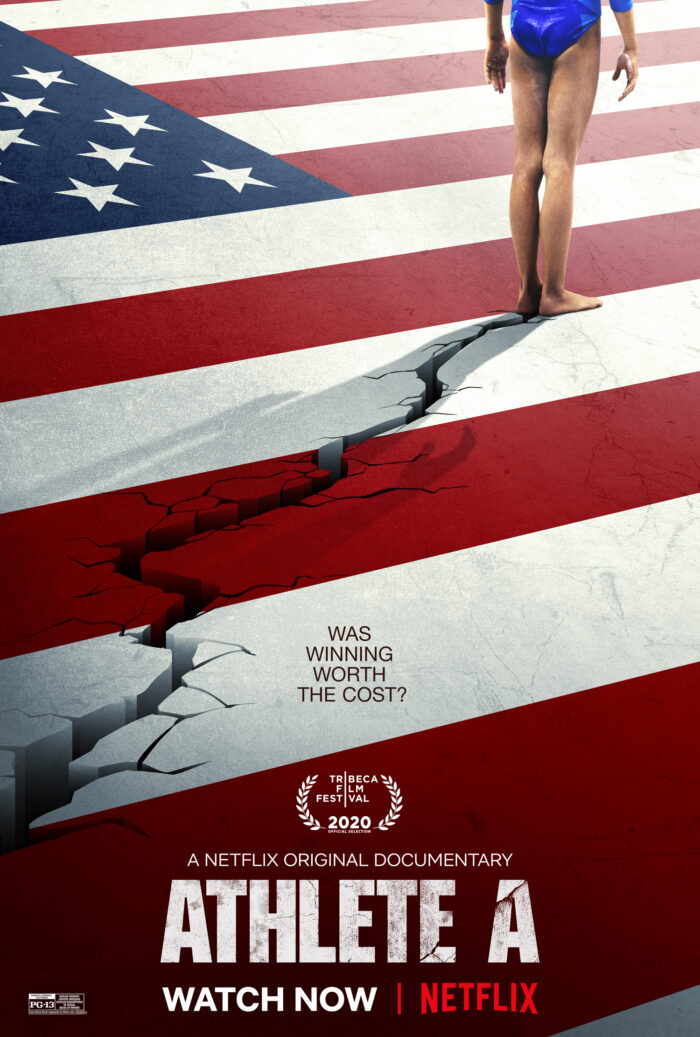 I came to know many of the Nassar survivors. I traveled to Washington, D.C. with some to meet with Dianne Feinstein and advocate for the Safe Sport Act. I’m proud to call many of these strong women my friends. We are bonded in the experience of having been mistreated, of speaking up, of being demeaned and belittled for telling the truth. And continuing to do it anyway in the face of unthinkable backlash.
I came to know many of the Nassar survivors. I traveled to Washington, D.C. with some to meet with Dianne Feinstein and advocate for the Safe Sport Act. I’m proud to call many of these strong women my friends. We are bonded in the experience of having been mistreated, of speaking up, of being demeaned and belittled for telling the truth. And continuing to do it anyway in the face of unthinkable backlash.
And so, around 2017, I thought – this needs to be a movie. A documentary. And while I knew I couldn’t direct it, I knew I had the background, the history, the capacity to produce it, to ensure the whole story was told. I put together a pitch document – a lovely PowerPoint I’d mastered during my time in Strategy – and took my show on the road. I was quickly introduced to a San Francisco-based producer named Julie Parker Benello, who makes films that are centered around women’s stories. And she introduced me to Bonni Cohen and Jon Shenk. They were intrigued by my pitch but were too emotionally affected by their recent experience directing Audrie and Daisy, a documentary about teenage sexual assault, to sign on to another film about such dark themes. But we continued to talk, became friends and eventually enough time had passed that they agreed to do it.
We started filming in late 2017. And today, the film, “Athlete A,” premieres on Netflix. While the documentary is ostensibly about Larry Nassar, it is also about the culture of widespread abuse that created the conditions for this to happen. That’s the important part. This is not about “one bad apple” as the leadership in the sport would have us believe. This is about a culture that sacrifices children, placing money and medals above child safety, and the inevitable result was the biggest abuse scandal in sports history. But if the culture isn’t reimagined from the ground up, asserted as one that puts child welfare first, pursues sport in the name of healthy bodies and minds, they are destined to repeat the mistakes of the past. And I’ll keep talking about it until real meaningful change happens.
As I reflect back on my 21 years at LS&Co., it is impossible to extricate my becoming a person who speaks her mind – someone who, as our CEO Chip Bergh always says about our company, strives for the harder right over the easier wrong – from this place. My own fears held me back in my early days. But I was always encouraged and supported here. I strive to do the same for others. There is strength in the collective. It’s really scary to go it alone. I should know, I’m often terrified but do it anyway. You’ll bring others along. Believe in your own voice. Trust in its power. A single voice can make a difference. I know mine did.



